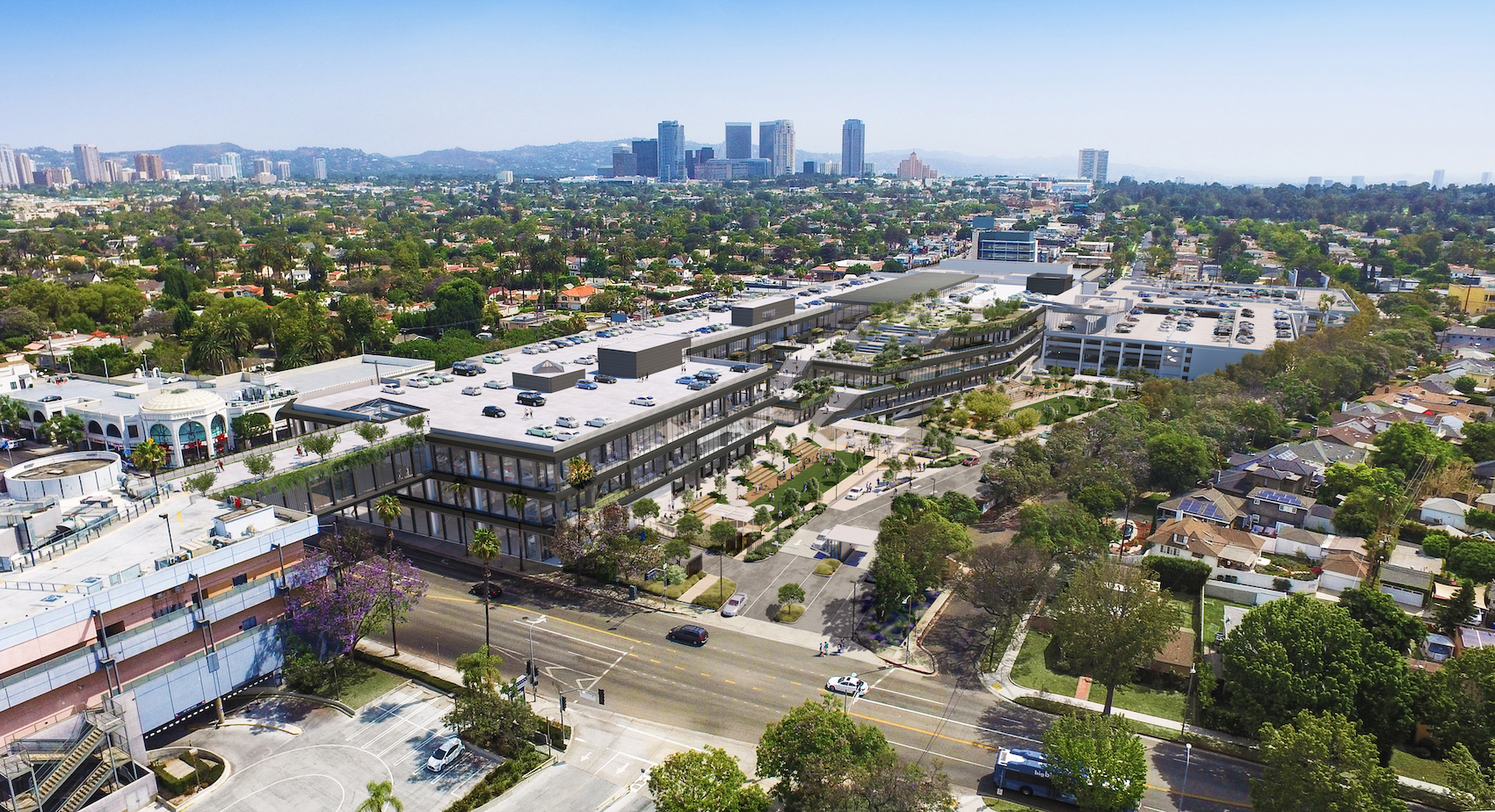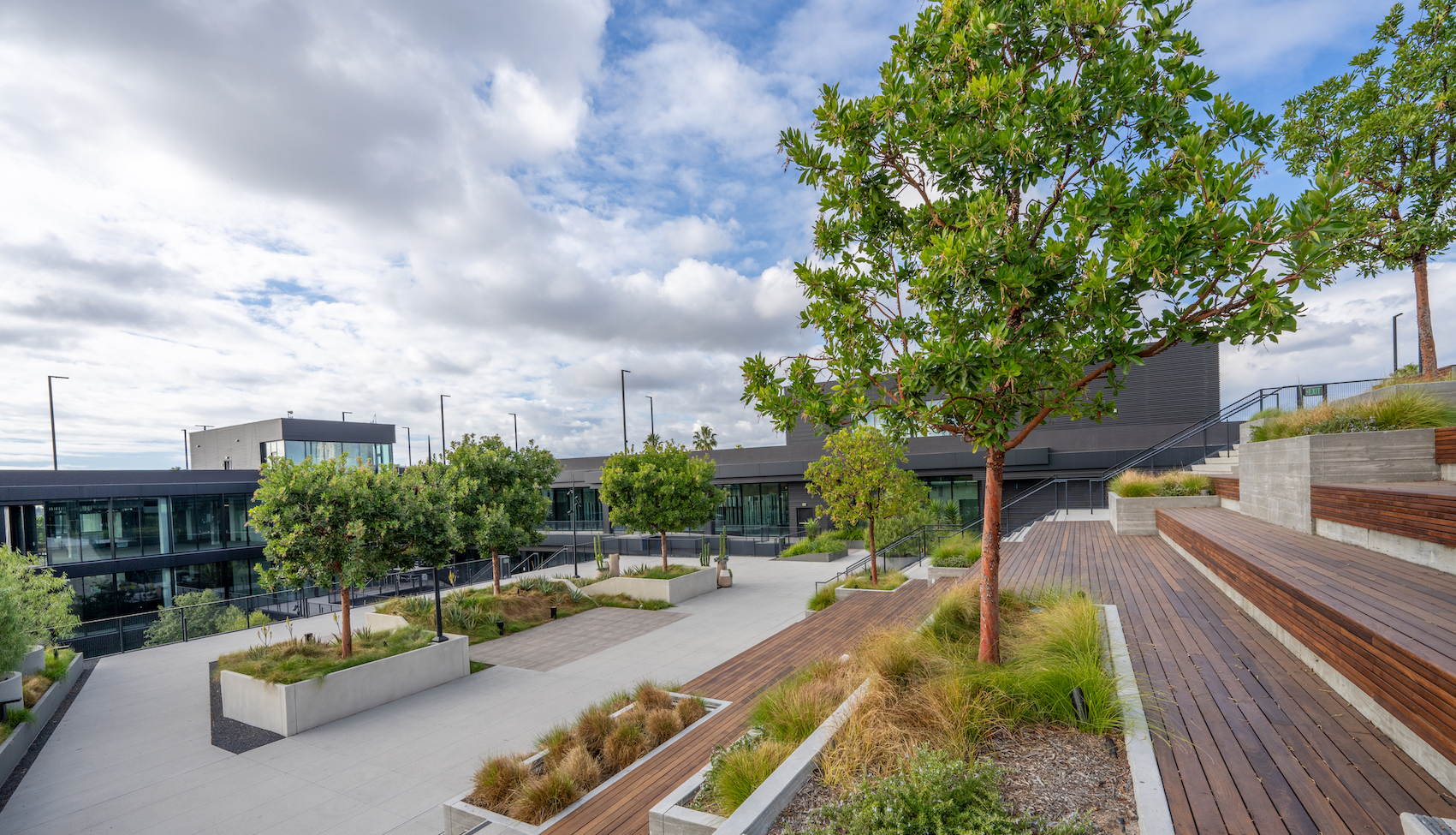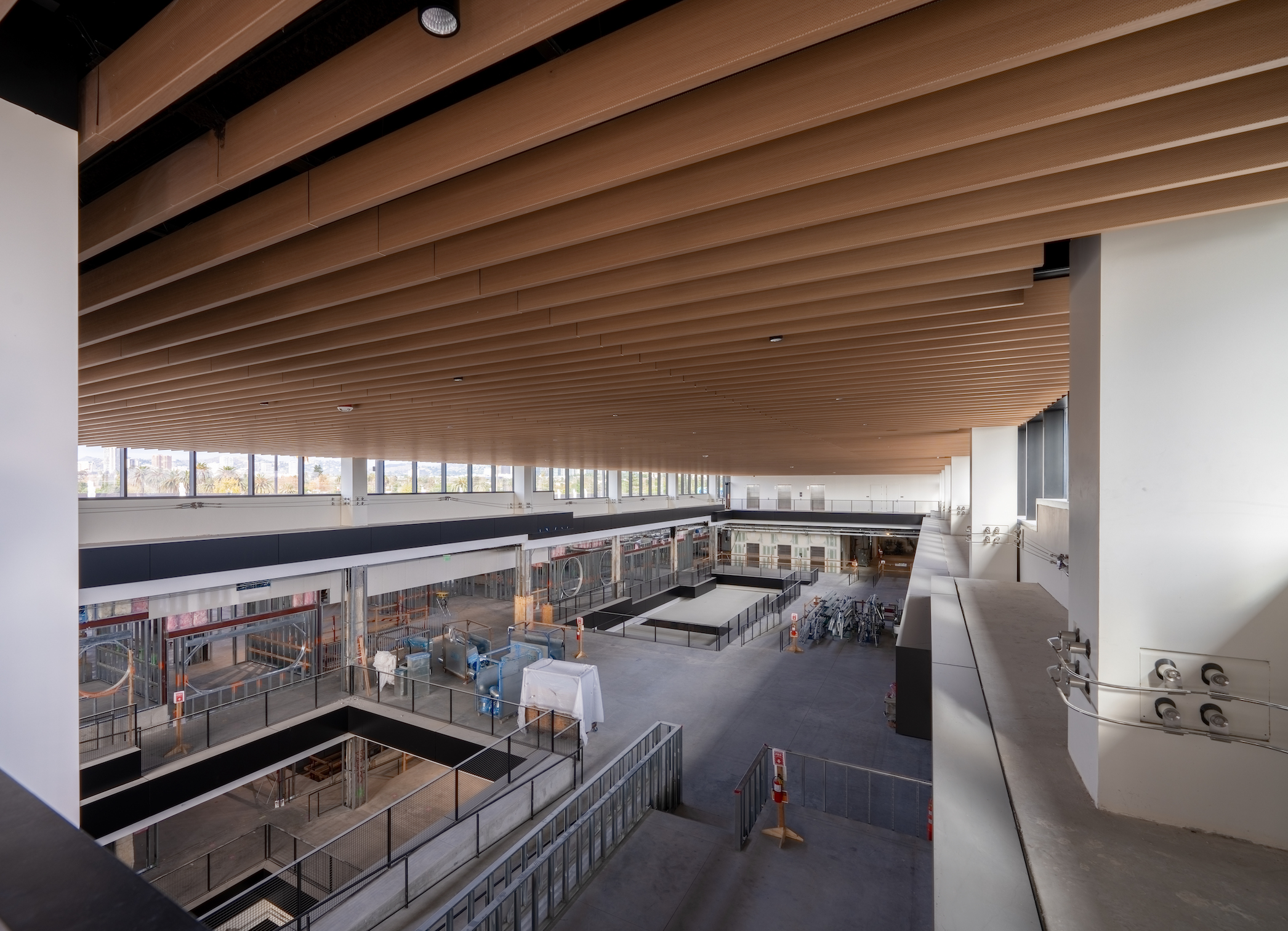
The University of California, Los Angeles (UCLA) has bought a disused shopping mall in West Los Angeles for $700m to turn it into a cutting edge research hub.
With $500m from the state of California and private donations, UCLA will convert the 700,000-sq-ft Westside Pavilion mall at 10850 West Pico Boulevard into the UCLA Research Park.
Two minutes from UCLA’s Westwood campus by bus, the research park will house the California Institute for Immunology and Immunotherapy, and the UCLA Center for Quantum Science and Engineering.
Built in 1985, the mall is famous in LA, providing a backdrop for the video of Tom Petty’s 1989 hit, “Free Fallin”, as well as numerous television shows and films.

A 12-screen cinema at the mall closed in 2022.
UCLA said the multiplex could be converted into lecture halls and performance spaces.
Part way there already
UCLA will benefit from an extensive conversion of 584,000 sq ft of the mall into Class A offices launched in 2019 by its owners, a joint venture between Hudson Pacific (75%) and Macerich (25%).
When they announced the Gensler-designed conversion, the joint venture said Google had leased the entire development, called One Westside, for 14 years.
Its lease was to have begun when the conversion was complete in 2022.
Google hasn’t commented on the status of its lease now.
UCLA said Google “helped enable and support” its purchase of the mall.

The university praised the refurbishment for updating building systems, effecting a seismic retrofit, and adding glass walls, concrete building facades, and courtyards and terraces outside.
‘22nd century and beyond’
“California is the epicentre of global innovation,” California Governor Gavin Newsom said of UCLA’s purchase.
“From the creation of the internet to the dominance of artificial intelligence, humanity’s future happens here first.
“Leveraging the next waves of technology and science — quantum computing and the immense potential of immunology — the UCLA Research Park will cement California’s global economic, scientific and technological dominance into the 22nd century and beyond.”










